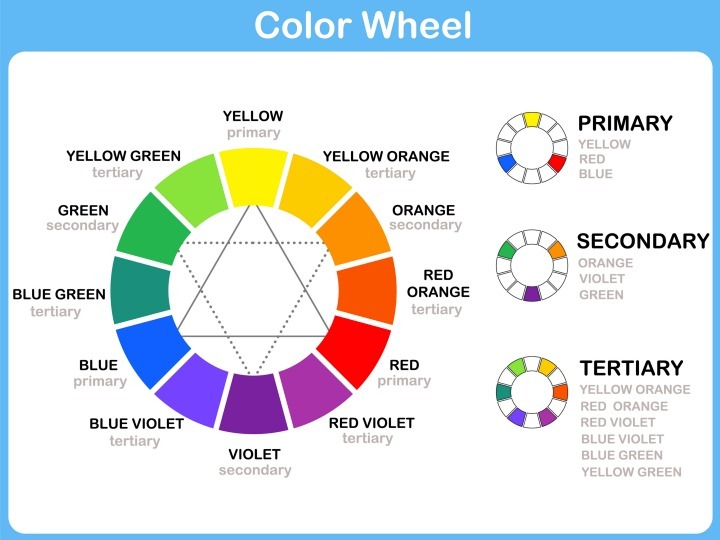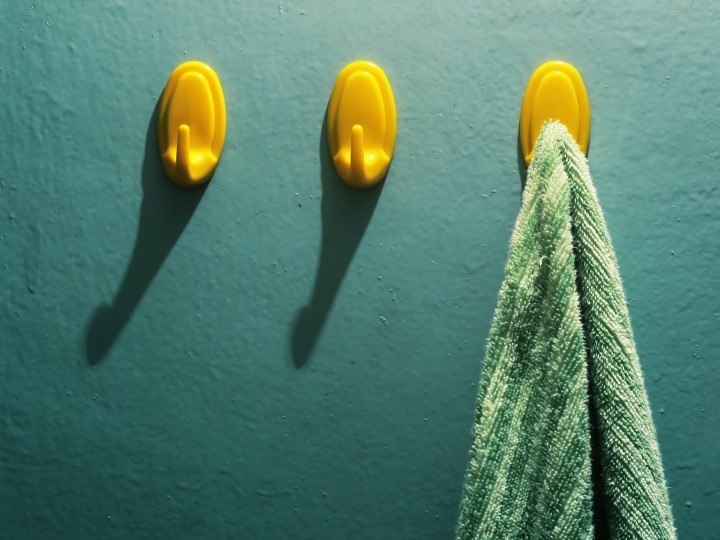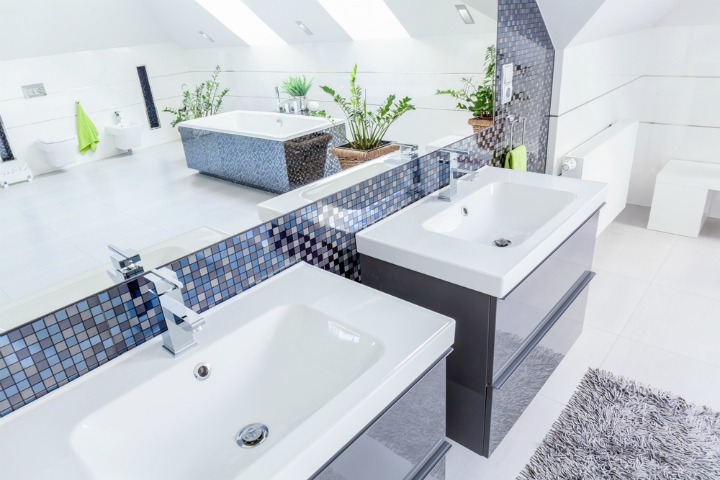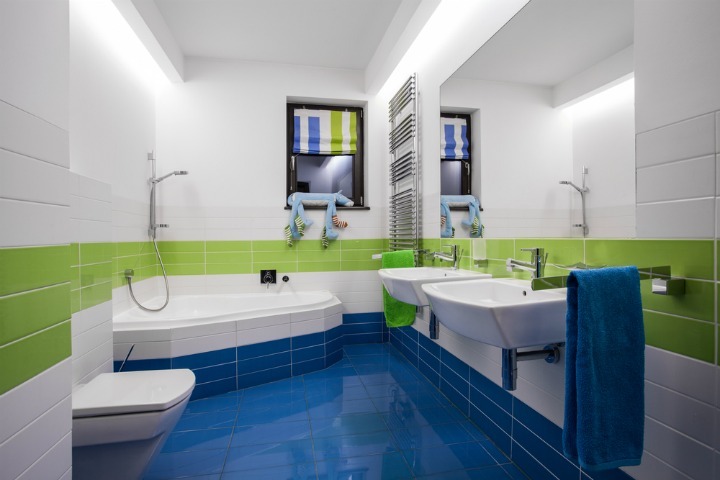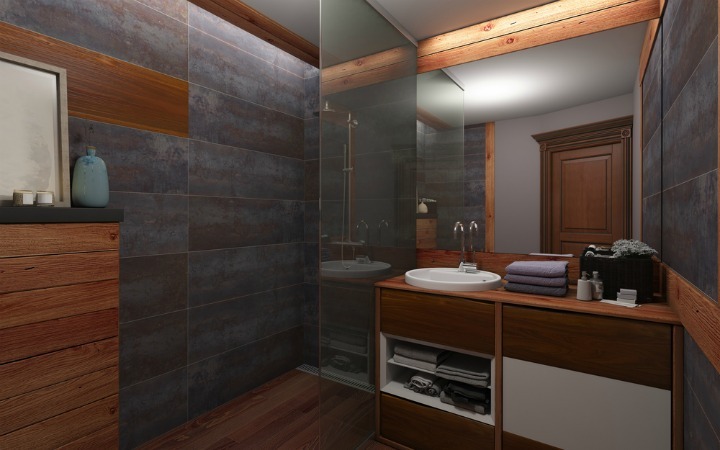5 Tips For Bathroom Colour Success
We all enjoy decorating a bedroom, kitchen or living room and using our most creative flair to inject our personality into every corner of our living space. But the bathroom should not be left to suffer a clinical fate. Follow our tips to avoid this much used room becoming a dull white cavern that visitors can’t wait to leave, and turn it into the relaxing, eclectic and personalised space it deserves to be.
Use a Colour Wheel
A colour wheel will help you keep to a theme. It’s no wonder that artists and designers across the world use colour wheels to make clever, innovative and thoroughly impressive design ideas. Divided into 12 basic hues which combine 3 primary colours, 3 secondary colours and 3 tertiary colours, the colour wheel will quickly become your new best friend.
A great place to start is using an online tool like Pinterest to put together your own palette in one place. You can quick build a database of favourite themes, colours and inspirations to really give you a specific idea of what you want before heading to the paint shop. For a more in-depth understand of the colour wheel, colours that are side by side are called analogous. So orange goes with yellow, blue with purple, green and yellow and so on.
The Rule of Three Applies to Colours
The rule of three is an effective, honest and cool way of putting a point across. The same applies to colour as a great guiding principle for creating colour schemes, you need to choose a neutral colour, a rich colour and an accent colour; this means the lightest colour you use should cover 70% of the room, the second lightest should cover 20% of the room, and the darkest should only feature in 10% of the room. Used in conjunction with a colour wheel and you’ll really be making a bold statement.
Use Two Neutral Colours
Colour schemes by no means have to extend as far as including a strong and vibrant colour that makes the visitor express true adoration in your new bathroom décor. Instead, two neutral colours can work together to create an atmosphere of cool, calm serenity by complementing each other subtlety. Take white and grey for instance, they needn't be cold and dull if used properly in a 70/30 distribution where the colours mix in a material such as veined marble.
Energise with Two Bright Colours
To go the opposite way to cool and tranquil, you can opt for two bright colours to invigorate your bathroom’s look. Orange and blue for instance are invigorating and add a fun element to the design of the whole room, complement these with slick white furniture and you’ve really got a bathroom to be proud of.
If you are worried that your love for a particular colour combination might be a phase, then avoid expensive future bathroom re-decorating projects by using accessories and art to spruce up the bathroom. These can more easily be toned down than a bright orange wall.
Use Dark Colours
The initial image of a typical bathroom tends to be one full of whites, pastels and fresh colours that evoke calmness and relaxation. But that doesn’t mean you should avoid dark colours, instead they can inject warmth with rich and dark tones that will give your bathroom a nice contemporary look. Dark colours can even be used in smaller bathrooms where, instead of being made to feel small, can be complemented with a clever use of shiny tops and mirrors to project light and offset any feeling of darkness.
Do you have a favourite colour palette in your bathroom? Please tell us in the comments.

